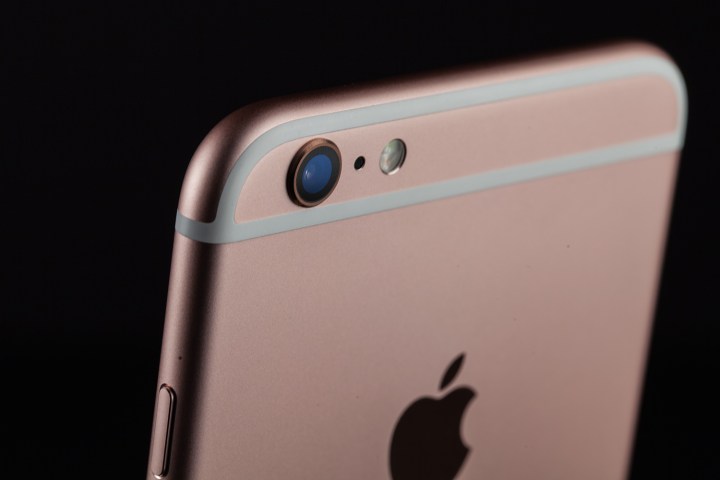
On March 21, U.S. Magistrate Judge Sheri Pym had a conference call with Apple’s lawyers and representatives for the United States. The conversation involved Apple trying to convince the judge to vacate the court order that compelled it to offer a backdoor into the iPhone of the shooter that killed 14 people in San Bernardino last December. The FBI moved to postpone the hearing after it learned of another possible way to get into the iPhone without Apple’s help at all.
“There have been a lot of people who have reached out to us during this litigation with proposed alternate methods, and one by one they have failed for one reason or the other,” said Tracy Wilkinson, a representative for the U.S. “And we haven’t, you know, — there’s just no reason to go into those. But at this point we have, at least, a good faith basis that it will work. The problem is we don’t know for sure.”
As the FBI isn’t 100 percent sure the method, reportedly proposed by Cellebrite, will work, it requested that the court postpone the hearing. The judge agreed and requested a status update from the FBI on April 5 — giving the FBI ample time to test the alternate method.
The Cupertino company contended that the government’s argument was based on its assertion that it had “explored other means … [and] had been unable to identify any other methods feasible for gaining access.” Since the FBI now says they have an alternate method, Apple contends that the court should vacate the order since there’s no “good cause” anymore. But the court sided with the FBI.
Cellebrite has been working with “intelligence, defense, and law enforcement” for many years, according to Yedioth Ahronoth, which cited anonymous industry officials. The newspaper reports that the company began providing decryption technology to the FBI after it signed a contract in 2013.
The company decrypts information from mobile devices for criminal and intelligence investigations, according to its website. Cellebrite said they were unable to provide comment.
Editors' Recommendations
- Nomad’s new iPhone case and Apple Watch band may be its coolest yet
- The iPhone 17 may get a display upgrade I’ve waited years for
- iOS 18 may be a giant iPhone update. Here are 6 things it needs
- Your next iPhone may have no bezels. Here’s why that could be a problem
- Apple may face ‘severe’ iPhone 15 shortage over production issue, report says


